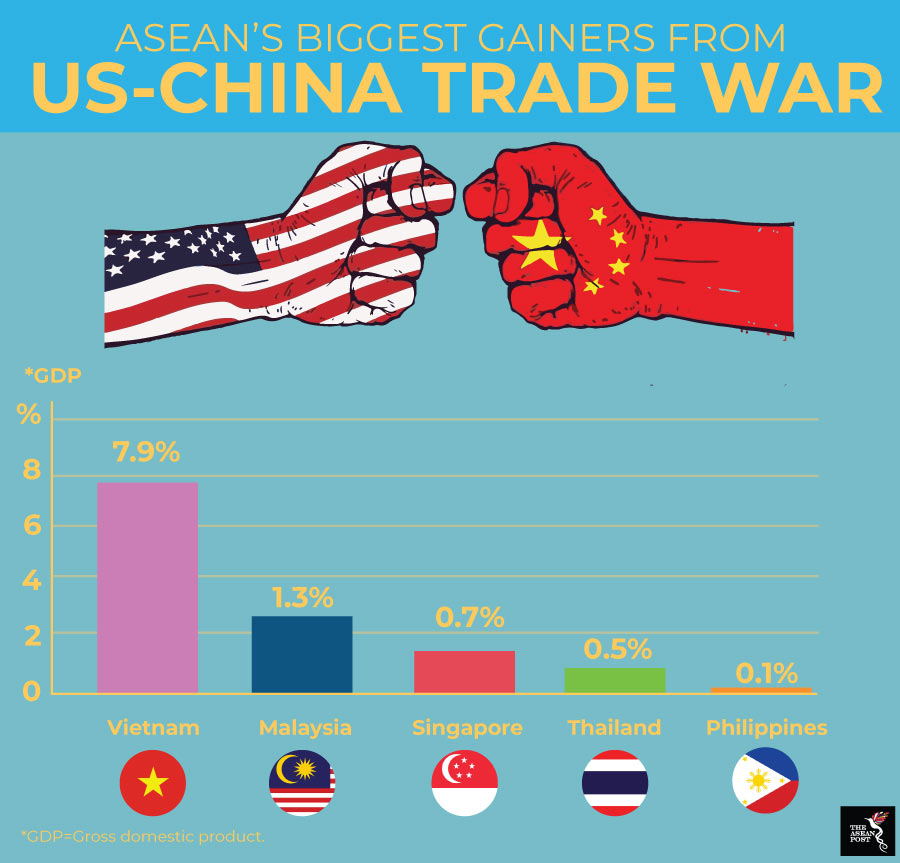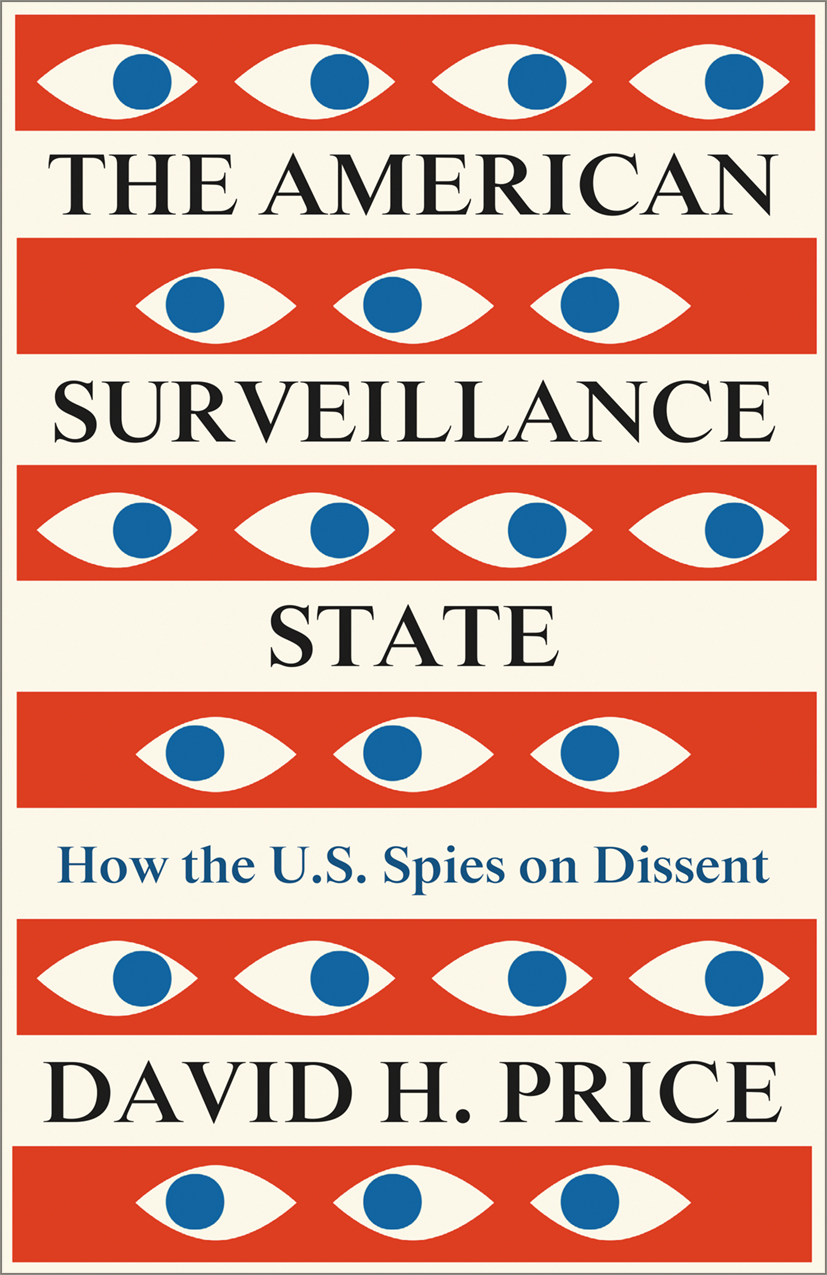Who Blinked First? US-China Trade War Resolution: A Deep Dive

Table of Contents
The Escalation of the US-China Trade War
The US-China trade war didn't erupt overnight; it was a gradual escalation fueled by long-standing trade imbalances and accusations of unfair trade practices.
Trump Administration's Tariffs and Trade Restrictions
The Trump administration initiated the conflict by imposing tariffs on various Chinese goods, citing concerns about intellectual property theft, forced technology transfer, and significant trade deficits. The rationale behind these actions was to protect American industries and level the playing field.
- Specific examples of tariffs: Tariffs were imposed on steel and aluminum, consumer electronics, and numerous other goods imported from China. These tariffs ranged from 10% to 25%, significantly increasing the cost of Chinese products in the US market.
- Economic impact: These tariffs led to increased prices for American consumers, impacted US businesses reliant on Chinese imports, and contributed to slowing economic growth in both countries. Some sectors in the US experienced job losses, while China faced decreased exports and a slowdown in its manufacturing sector.
China's Retaliatory Measures
China responded swiftly and aggressively to the US tariffs, implementing its own set of retaliatory tariffs on American goods. This tit-for-tat escalation further destabilized global trade.
- Examples of Chinese retaliatory tariffs: China targeted agricultural products like soybeans, as well as automobiles and other manufactured goods from the US.
- Impact on US businesses and consumers: American farmers, in particular, suffered significant losses due to reduced Chinese demand for agricultural products. The retaliatory tariffs also increased the cost of some American goods for Chinese consumers.
The Shifting Sands of Negotiation
The trade war wasn't a continuous conflict; there were periods of intense negotiation and seemingly fragile agreements. However, key sticking points repeatedly hampered progress towards a comprehensive trade war resolution.
- Major points of contention: Negotiations frequently stalled over issues such as intellectual property rights protection, forced technology transfer, market access for US companies in China, and the size of the trade deficit.
- Key figures involved: High-level officials from both sides were involved, including US Trade Representatives and Chinese government ministers. The negotiations were often characterized by public pronouncements and escalating rhetoric, further complicating the process.
Analyzing the Concessions: Who Blinked First?
Determining "who blinked first" requires a careful assessment of the concessions made by both sides. It's not a simple question of who conceded more, but rather who made concessions that had more significant long-term implications.
US Concessions
The US administration made concessions, including temporary pauses or rollbacks of some tariffs. However, the full extent and long-term implications of these concessions are still being debated.
- Specific examples of US concessions: The "Phase One" trade deal involved a reduction in some tariffs, but many remained in place.
- Domestic political impact: These concessions faced criticism from some within the US, who argued that they were insufficient to address the underlying issues or that they harmed American businesses and workers.
China's Concessions
China also made significant commitments in the "Phase One" deal and subsequent agreements, mostly focusing on increased purchases of US goods, and improved intellectual property protection.
- Specific examples of Chinese concessions: Commitments to increase purchases of US agricultural goods and other products were key elements of these agreements. There were also promises to enhance intellectual property protections within China.
- Long-term economic and political implications for China: These concessions represented a significant economic commitment for China, potentially impacting its domestic industries and overall economic strategy. The long-term political implications are still unfolding.
Assessing the Overall Balance
While both sides made concessions, arguing definitively who "blinked first" is difficult. The US initiated the trade war with tariffs, but China's retaliatory actions significantly escalated the conflict. The long-term consequences of the concessions made by both sides continue to be evaluated. The "Phase One" deal provided some relief, but left many underlying issues unresolved, suggesting a more complex scenario than a simple win or loss.
The Long-Term Implications of the US-China Trade War Resolution
The partial resolution of the US-China trade war has significant implications extending far beyond the two countries involved.
Impact on Global Trade
The trade war disrupted global supply chains, impacting businesses worldwide. The uncertainty surrounding the conflict also dampened global economic growth.
- Effects on other countries: Countries reliant on trade with either the US or China experienced significant disruptions due to the trade war.
- Potential for future trade conflicts: The trade war served as a reminder of the potential for large-scale trade conflicts and their devastating global consequences.
The Future of US-China Relations
The US-China relationship remains complex and multifaceted. While the trade war’s resolution brought temporary relief, tensions persist.
- Areas of potential future cooperation: Cooperation on issues like climate change and global health remains crucial despite trade tensions.
- Remaining points of contention: Technological rivalry and geopolitical competition continue to pose significant challenges to the US-China relationship.
Resolving the US-China Trade War – A Look Back and Ahead
In conclusion, determining who "blinked first" in the US-China trade war is a nuanced question. Both sides made concessions, but the relative significance of those concessions and their long-term impact remain subjects of ongoing debate and analysis. The trade war highlighted the fragility of global trade and the interconnectedness of the world economy. The long-term consequences of this conflict, including its impact on global trade relations and the future of US-China relations, will continue to unfold. For further research on this complex issue, explore resources such as publications from the Peterson Institute for International Economics and the Congressional Research Service, using search terms like "US-China trade war resolution," "trade war analysis," and "impact of trade wars." Understanding the intricacies of this trade war is crucial to anticipating future economic and geopolitical trends.

Featured Posts
-
 Toronto Maple Leafs Playoff Clinch Within Reach Against Florida Panthers
May 16, 2025
Toronto Maple Leafs Playoff Clinch Within Reach Against Florida Panthers
May 16, 2025 -
 The Surveillance State And Ai Therapy A Critical Analysis
May 16, 2025
The Surveillance State And Ai Therapy A Critical Analysis
May 16, 2025 -
 Ohtanis Walk Off Homer Dodgers 8 0 Loss Marks Historic Night
May 16, 2025
Ohtanis Walk Off Homer Dodgers 8 0 Loss Marks Historic Night
May 16, 2025 -
 Jalen Brunson Injury Latest Update And Projected Return Date For Knicks
May 16, 2025
Jalen Brunson Injury Latest Update And Projected Return Date For Knicks
May 16, 2025 -
 Ovechkin Nears Gretzkys Record 893 Goals And Counting
May 16, 2025
Ovechkin Nears Gretzkys Record 893 Goals And Counting
May 16, 2025
